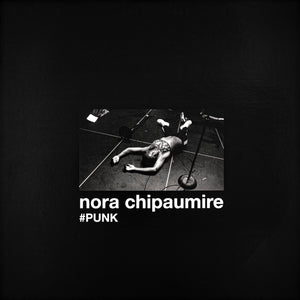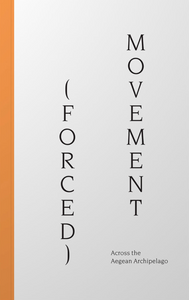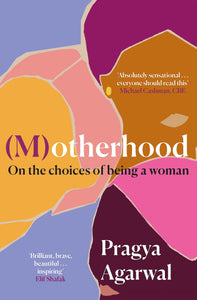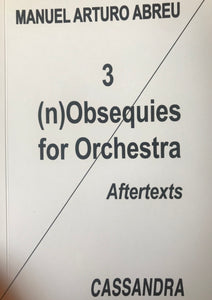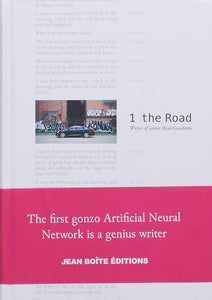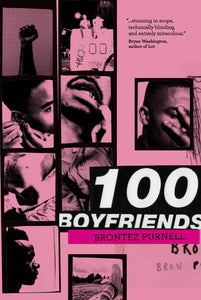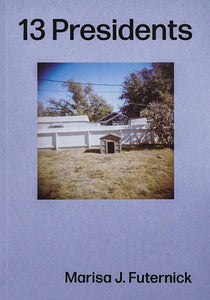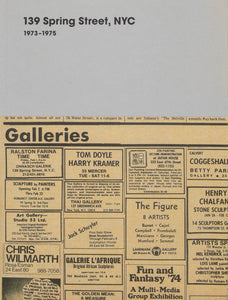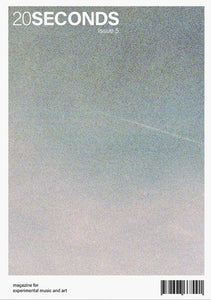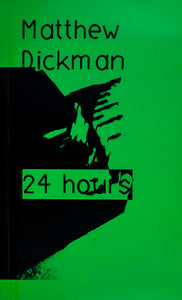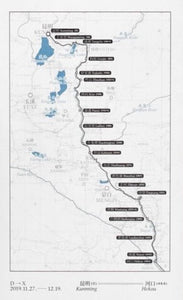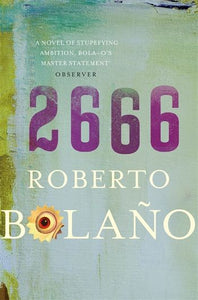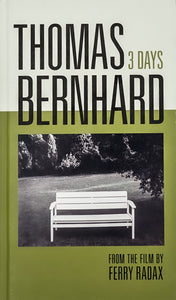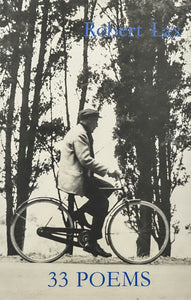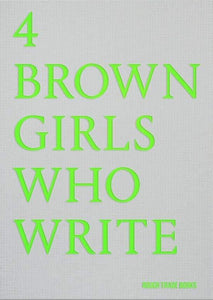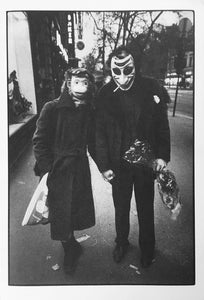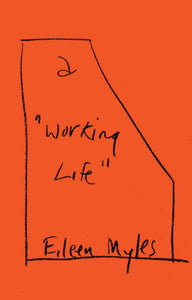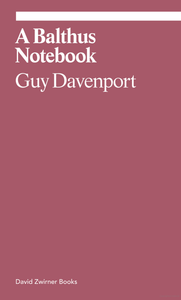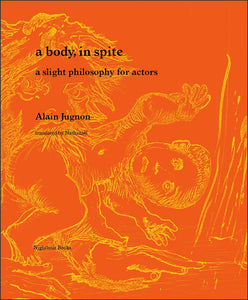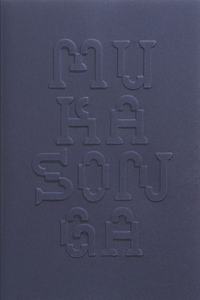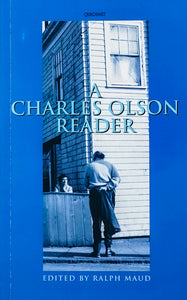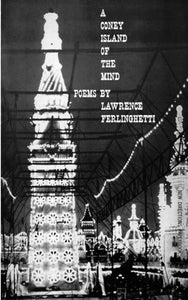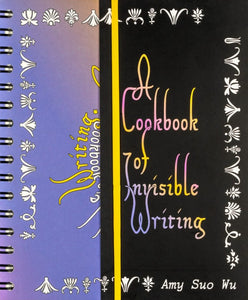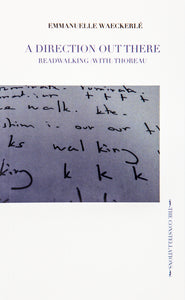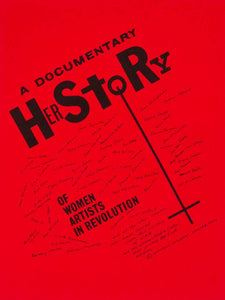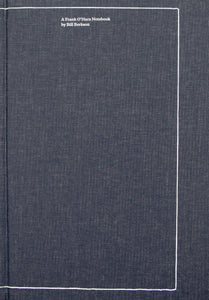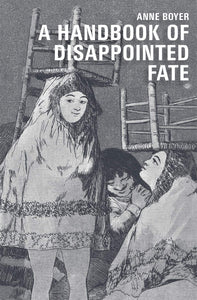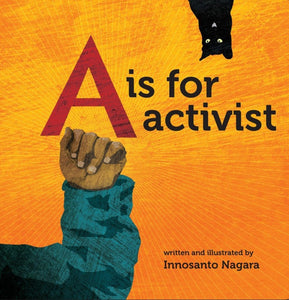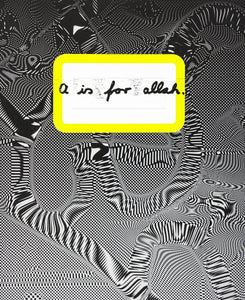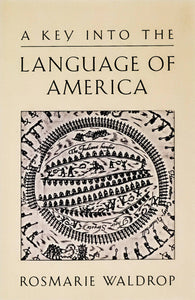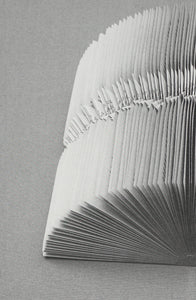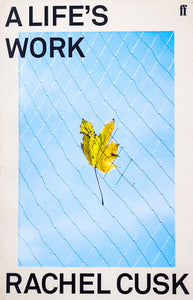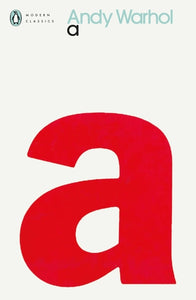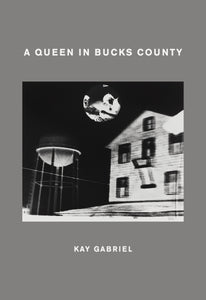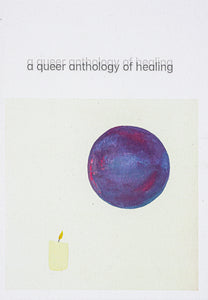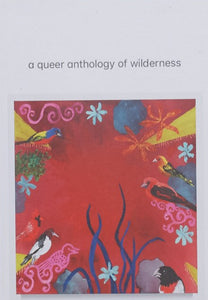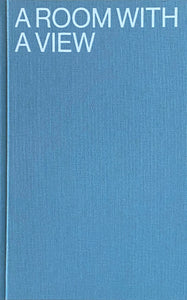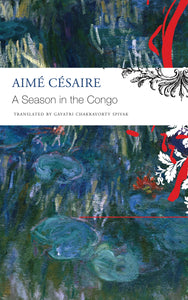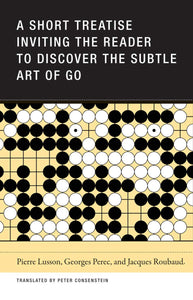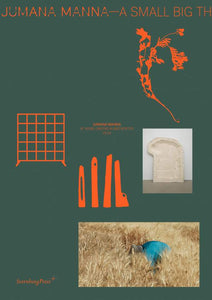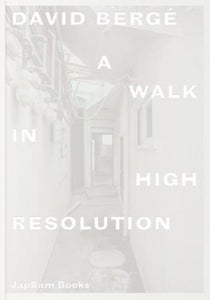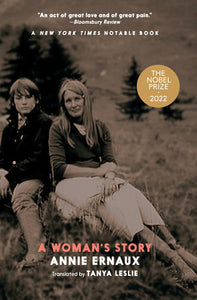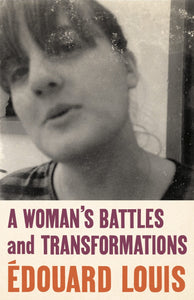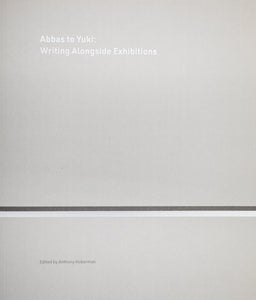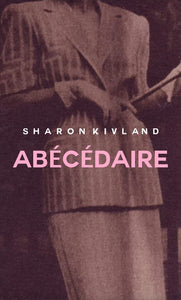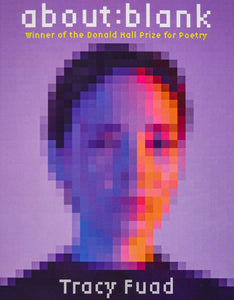Note(s): Work(ing) Process(es) Re: Concerns (That Take On / Deal With)
Dara Birnbaum




Originally created in 1977 as a single handmade copy, Dara Birnbaum’s Note(s): Work(ing) Process(es) Re: Concerns (That Take On / Deal With) gathers writings, working drawings, photographic documentation, and ephemera from the artist’s earliest video and installation works. The publication was originally produced by Birnbaum and exhibited in Notebooks, Workbooks, Scripts, and Scores at Franklin Furnace in 1977. The book’s vinyl cover and section dividers, hand-folded pages, and color images have all been reproduced, and Alex Kitnick provides a new introduction.
Note(s) provides a rare look into Birnbaum’s early investigations of video art and its relationship to television. Her work of this period orchestrates a complex circuit of viewership and representation, in which her interest in psychoanalytic concepts—projective identification, regression, resistance, and intersubjectivity—are analyzed in tandem with the formal and interpersonal politics of image making. These investigations lay the groundwork for the artist’s breakthrough works, such as Technology/Transformation: Wonder Woman and Kiss the Girls: Make Them Cry, in which she appropriates popular television programs to critique the language and images of networked television.
Featured works include Back Piece (1975), Attack Piece (1975), Mirroring (1975), Liberty: A Dozen or So Views (1976), Relationship Perspectives: Perspective Relationships (1976–77), America: Land of Contrasts (A Day of Awakening) (A Shot in the Dark) (1976–77), Pivot: Turning Around Suppositions (1976), and Lesson Plans to Keep the Revolution Alive (1977).
Dara Birnbaum was born in New York City in 1946, and studied architecture at Carnegie Mellon University and painting at the San Francisco Art Institute. Recognized as one of the first artists to manipulate television footage to “talk back to the media,” Birnbaum enlists video technology and mass media images to deconstruct and redefine cultural, personal, and historical mythologies. Drawing from critical theory, literature, and feminist thought, Birnbaum matrixes film techniques such as dramatic wipes and layered images onto works that are deeply introspective and experiential. Her work has been widely exhibited, including at MoMA PS1, New York (2019); National Portrait Gallery, London (2018); the Cleveland Museum of Art, Ohio (2018); the Museum of Modern Art, New York (2008); and the Kunsthalle Wien, Vienna, Austria (2006).
Edition of 2500.
